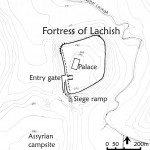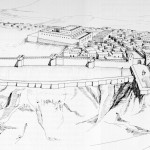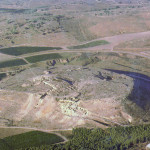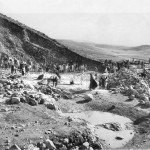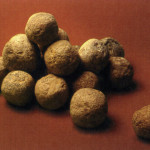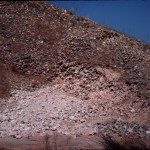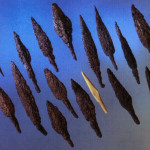Geographic and Historical Context
It’s the late 8th c. BCE and the Assyrians are the dominant power in Mesopotamia. To re-assert their dominance, bring peripheral states into their expanding embrace, and to rein in potential dissident regimes, King Sennacherib embarked on yet another of the empire’s periodic multi-year sweeps westward across Turkey, Syria, and the Levant.
Sennacherib’s battlefield successes are chronicled on various Assyrian monuments and artifacts at his capital city of Nineveh (located today within the modern city of Mosul, Iraq), such as across the monumental animals that guard the entry to the throne room of his “Palace Without Rival” (the so-called Southwest Palace) and on prisms and clay cylinders buried as foundation deposits on the citadel mound of Nineveh. The king’s victories are also discussed at length in the Bible (mostly in Isaiah and 2 Kings) providing rare instances when archaeological evidence, Assyrian cuneiform inscriptions, and biblical narratives all provide overlapping and mostly mutually corroborating descriptions of some of the crucial moments in ancient history.
The kingdoms across the Levant have come under attack. The Assyrian army is destroying every city and town that does not submit to its demands. Two cities play prominent roles in the unfolding drama of 701 BCE, the fortress of Lachish and the capital city of Jerusalem, ruled by King Hezekiah. This first video sets the historical and geographical context for the story.
Images
Bibliography
- Ussishkin, David. 2014. Biblical Lachish: a tale of construction, destruction, excavation, and restoration. Jerusalem: Israel Exploration Society.
- Ussishkin, David. 2003. “Symbols of Conquest in Sennacherib’s Reliefs of Lachish – Impaled Prisoners and Booty,” pp.207-17 in T.F. Potts et al. (eds.), Culture Through Objects: Ancient Near Eastern Studies in Honour of P.R.S. Moorey, Oxford: Oxford University Press.
- Ussishkin, David. 1982. The Conquest of Lachish by Sennacherib. Tel Aviv: Tel Aviv University Publications.
- Lachish excavation website

